Imagine walking through a dense, ancient forest and coming face-to-face with a creature so massive and alien that it seems ripped straight from a science fiction movie. This isn’t the plot of a blockbuster film—it’s the astonishing reality of Earth’s prehistoric past. Meet Arthropleura, the gigantic millipede that once slithered through the humid undergrowth, dwarfing almost every creature around it. Its story is one of awe, mystery, and a reminder that the natural world has always been far stranger—and more spectacular—than we sometimes dare to believe.
The Colossal Scale of Arthropleura
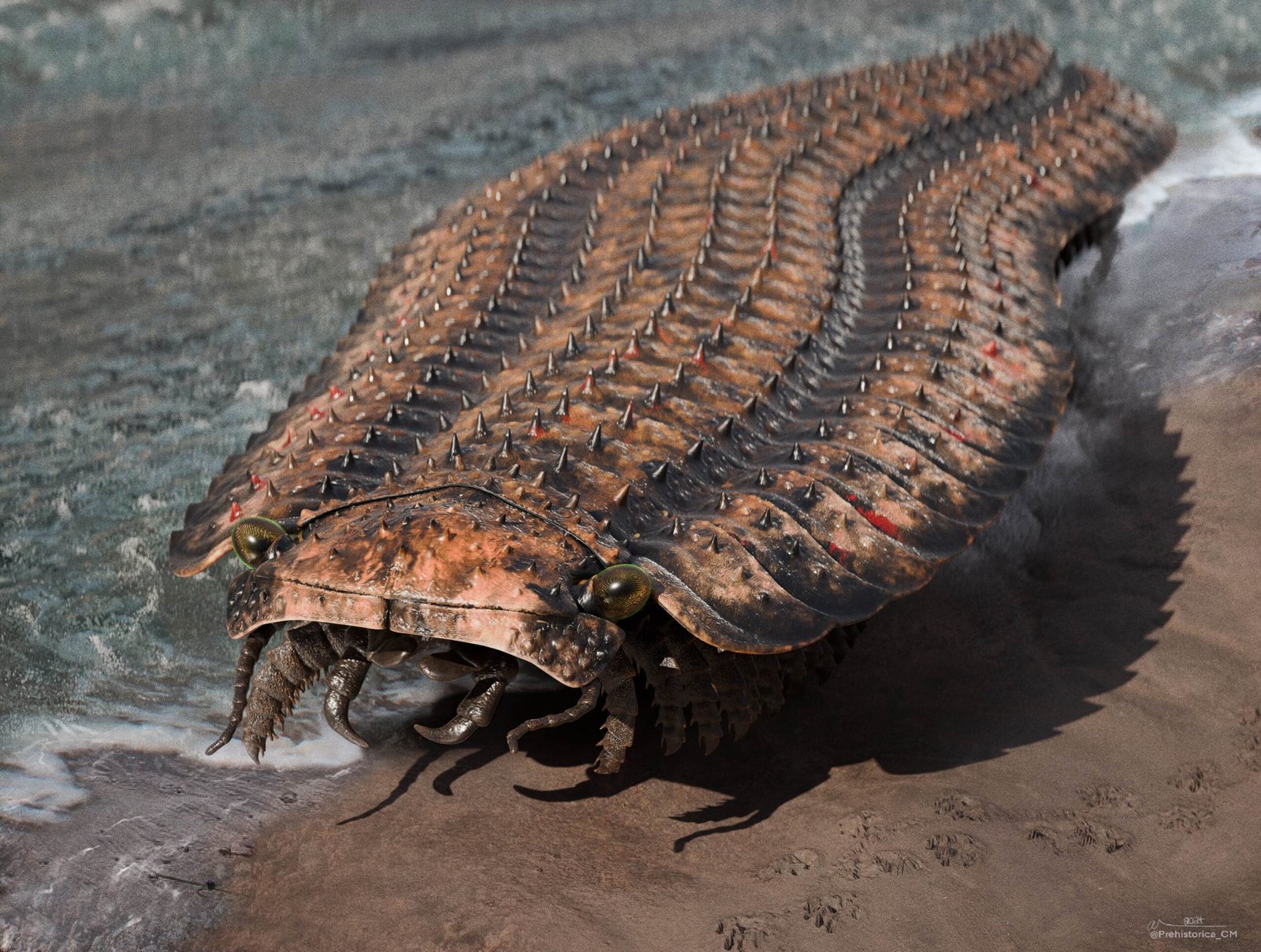
Arthropleura wasn’t just big for a millipede—it was one of the largest land invertebrates ever to exist. Measuring up to 2.5 meters (over 8 feet) long, this creature could easily have stretched as far as a full-grown human lying down. Its body was made up of dozens of hard, jointed segments, each giving it both flexibility and strength. Imagine a modern millipede, but scaled up to the size of a small car, its armored body undulating as it moved with surprising speed across the forest floor. The sheer size of Arthropleura is both thrilling and a little unsettling, challenging our ideas about what millipedes could be.
A World Before Dinosaurs
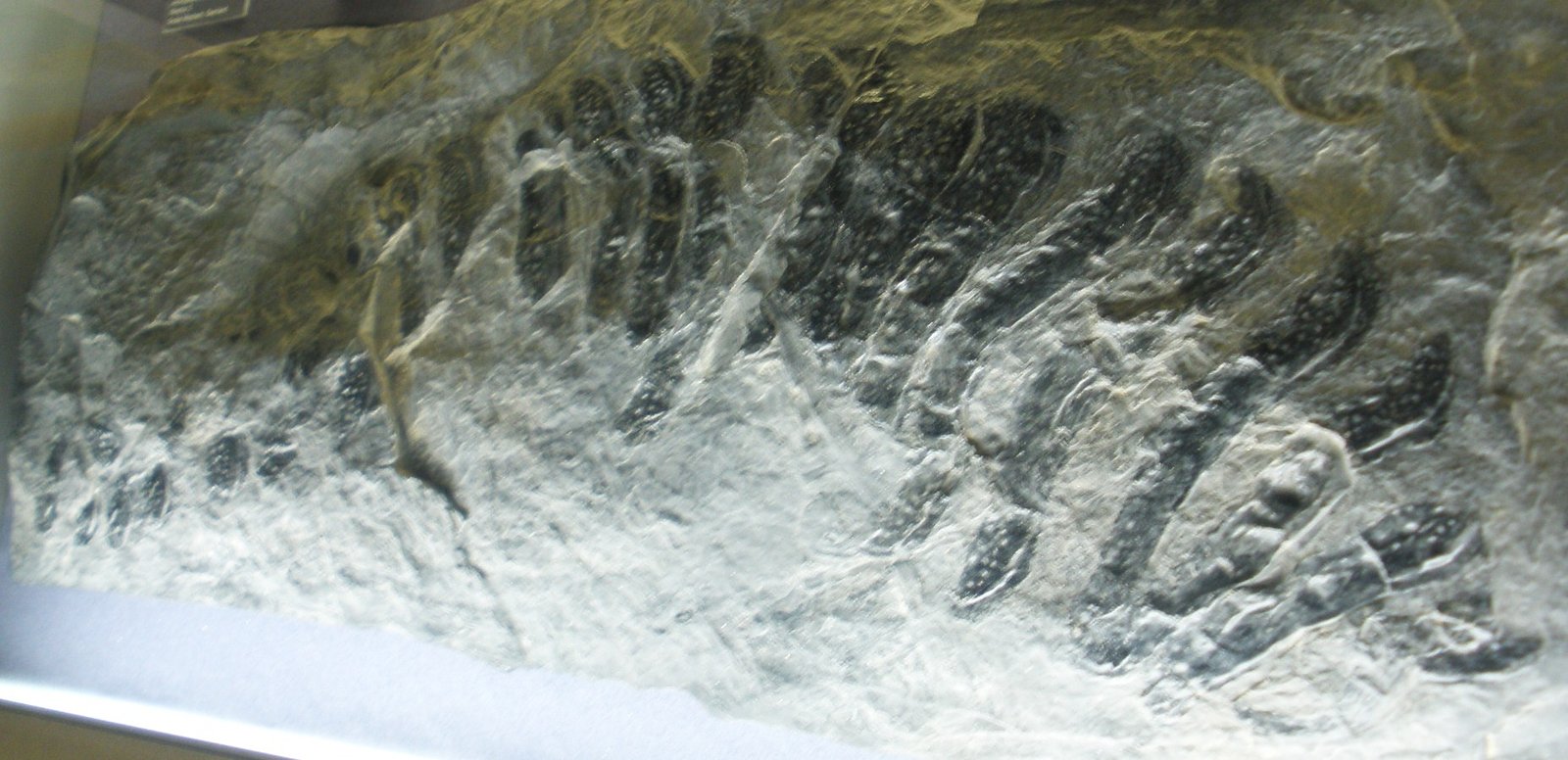
Long before the thundering footsteps of dinosaurs, Arthropleura ruled the vast forests of the Carboniferous Period, around 315 to 299 million years ago. These ancient landscapes were lush and humid, packed with towering clubmosses, horsetails, and ferns. The air was thick with oxygen, and the ground teemed with life. Arthropleura thrived here, crawling beneath tangled roots and fallen logs, an unmistakable presence in a world that looked nothing like our own. The very existence of such a giant invertebrate hints at how dramatically different the planet once was.
Why Was Arthropleura So Big?
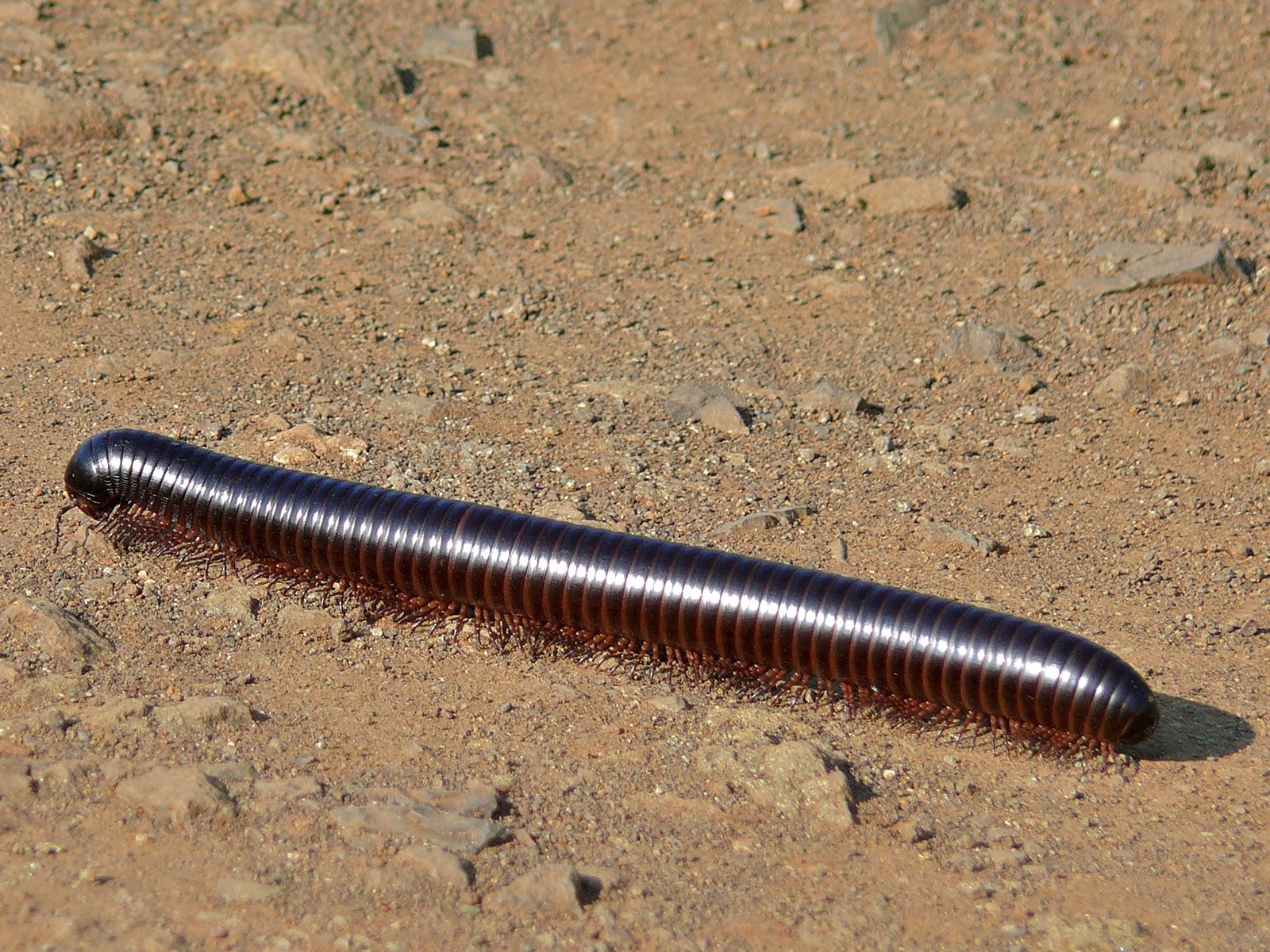
The question of Arthropleura’s size has fascinated scientists for decades. One leading theory points to the Carboniferous atmosphere, which had much higher levels of oxygen than today—up to 35% compared to our current 21%. This boost allowed arthropods and other invertebrates to grow far larger than modern species. The absence of large land predators also gave Arthropleura the freedom to expand unchecked. Its size was a product of its time, a unique blend of environmental factors and evolutionary opportunity that may never be repeated.
What Did Arthropleura Eat?

Despite its fearsome appearance, Arthropleura was likely a gentle giant. Fossil evidence suggests it was primarily a herbivore, feeding on the abundant decaying leaves and plant matter that covered the forest floor. Its mouthparts weren’t built for hunting, but rather for munching through thick layers of leaf litter. In many ways, Arthropleura acted like a living compost machine, recycling nutrients and helping keep its ecosystem healthy. For all its size and armored exterior, its diet was surprisingly simple and essential.
How Did Arthropleura Move?
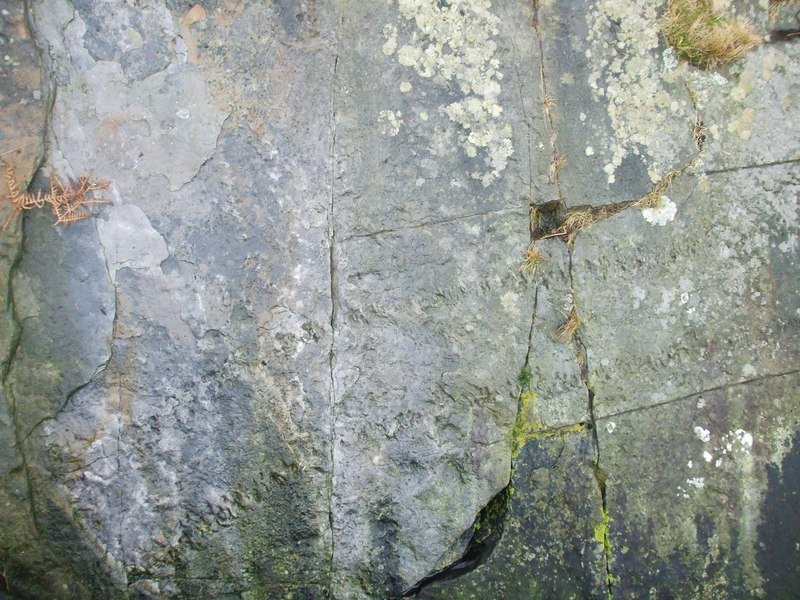
Arthropleura’s movement would have been a mesmerizing sight. With hundreds of legs rippling in perfect coordination, it could glide swiftly across the ground, navigating obstacles with ease. Its segmented body provided both flexibility and protection, allowing it to twist and turn through tight spaces. Fossilized trackways—some stretching several meters—show just how active and agile these creatures were. Picture a living conveyor belt, its armored plates clicking softly as it pressed forward in search of food.
Armored for Survival
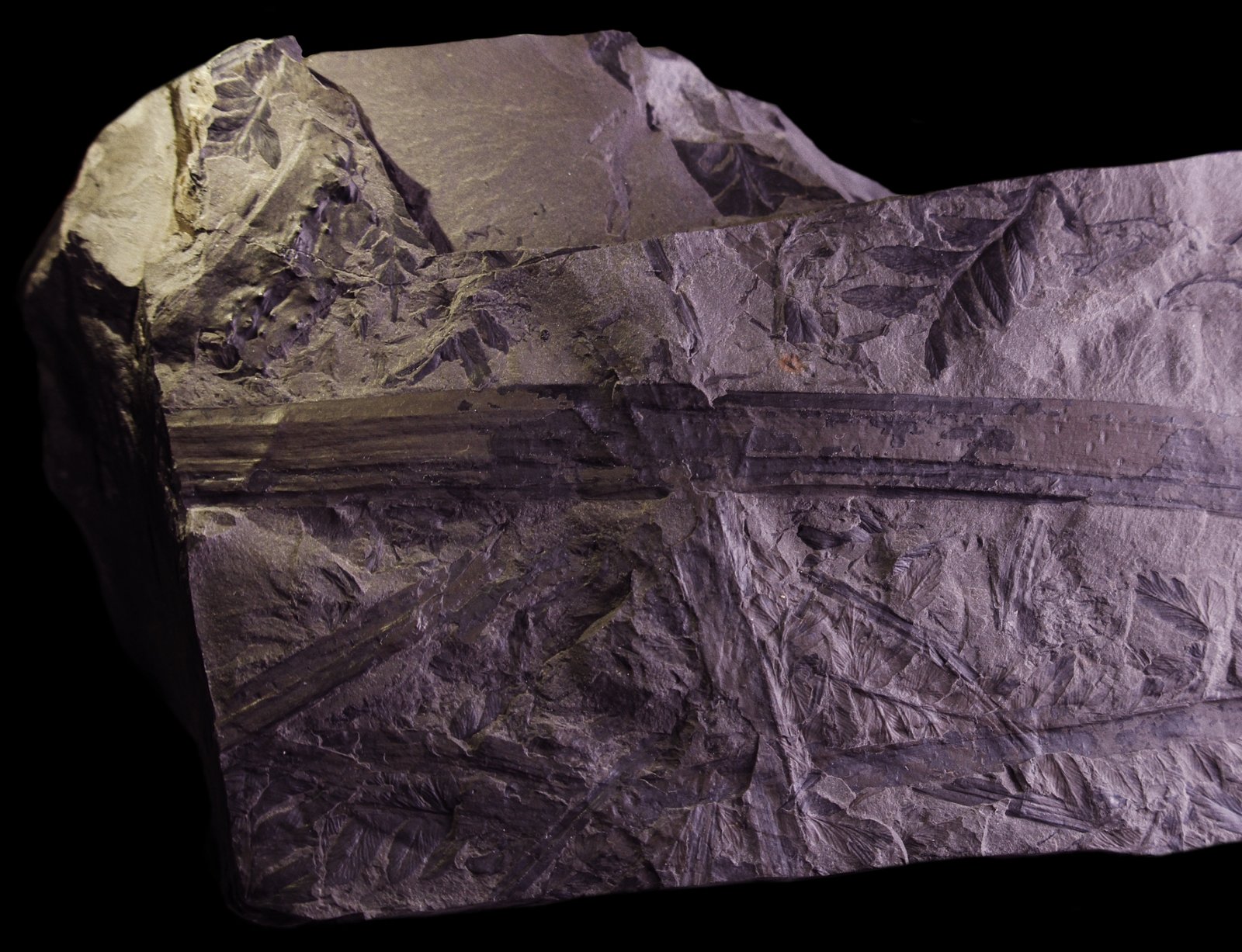
Protection was key in the Carboniferous world, and Arthropleura was well-equipped. Its body was covered in tough, overlapping plates called tergites, which acted like a suit of armor. This made it difficult for any would-be attacker to do much damage, though in truth, few animals were large enough to pose a real threat. The armor also helped Arthropleura retain moisture, essential for survival in the sometimes-dry forest air. Its design was both practical and intimidating, a perfect adaptation for prehistoric life.
The Fossil Hunt: Discovering Arthropleura’s Remains
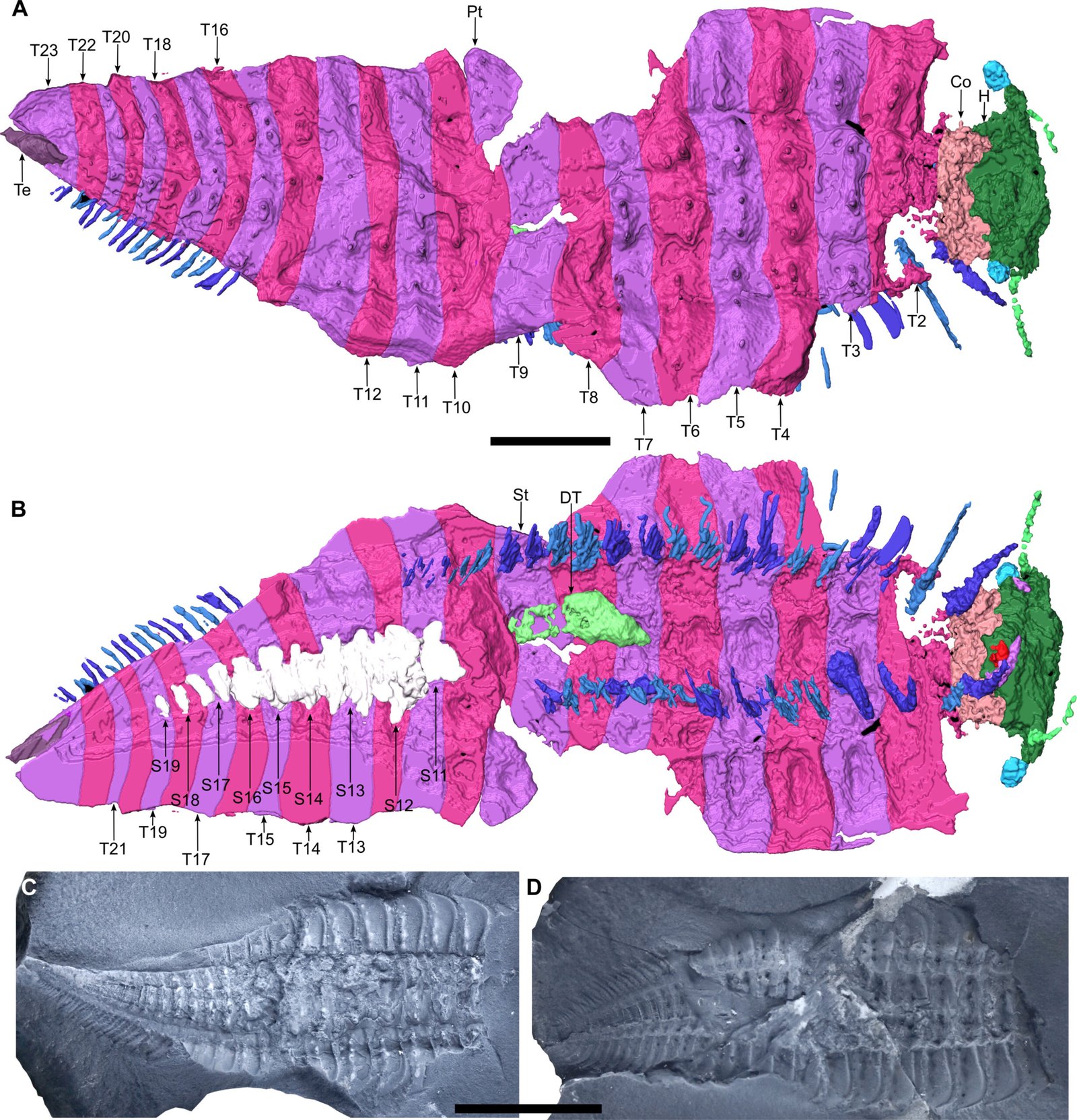
Fossils of Arthropleura are rare and precious, often consisting of fragments of its armored segments or the distinctive tracks it left behind. These remains have been found in parts of Europe and North America, offering tantalizing glimpses into a world lost to time. Discovering an Arthropleura fossil is like unearthing a piece of ancient mystery—a reminder of how much there is yet to learn about our planet’s history. Each new find sparks excitement among scientists and fossil hunters alike.
The Extinction of a Giant
Despite its success, Arthropleura eventually vanished from the Earth. As the Carboniferous gave way to the Permian Period, the climate became drier and oxygen levels dropped. New predators, including early reptiles, began to appear. These changes created challenges Arthropleura couldn’t overcome. Its disappearance marks the end of an era—a poignant reminder that even the mightiest creatures can be swept away by the tide of change.
Modern Millipedes: Tiny Relatives of a Titan
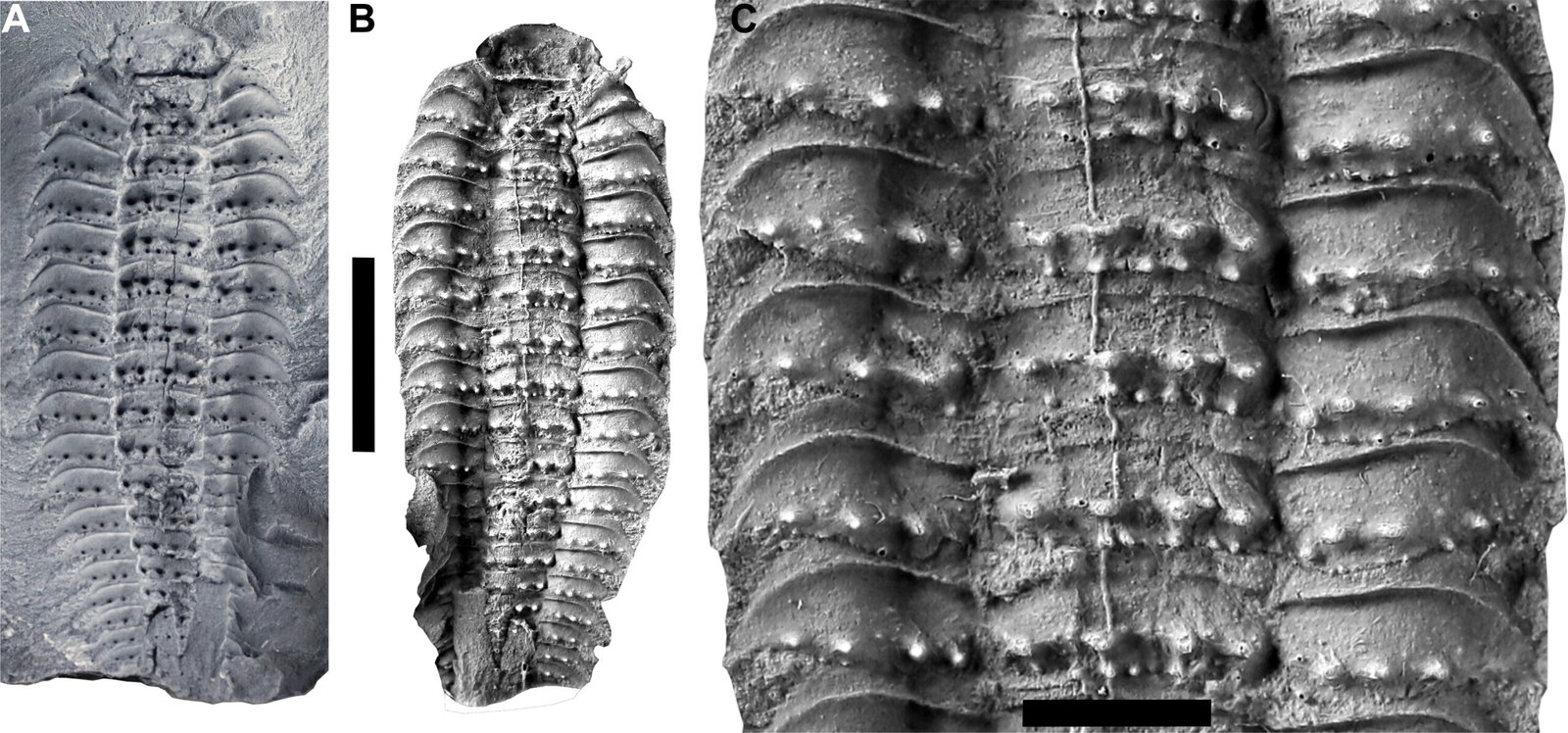
Today’s millipedes are mere shadows of their ancient kin. Most are only a few centimeters long, scurrying through leaf litter and under rocks, quietly recycling nutrients just as Arthropleura once did. Though they lack the size and armor of their prehistoric ancestor, they share the same basic design: segmented bodies, countless legs, and a tireless appetite for decaying plants. In every modern millipede, there is a whisper of Arthropleura’s legacy, a link that connects us to a distant and spectacular past.
The Legacy of Arthropleura in Science and Imagination

Arthropleura continues to capture the imagination of scientists, artists, and storytellers. Its story is featured in museums, documentaries, and even the dreams of those who wonder what else lies buried in Earth’s history. Studying this giant millipede helps us understand evolution, adaptation, and the impact of changing environments. It also invites us to marvel at the wonders that once roamed our planet—and to imagine what other giants remain undiscovered beneath our feet.
What Can Arthropleura Teach Us?
The tale of Arthropleura holds valuable lessons for today. It reminds us that life is always changing, adapting to new challenges and opportunities. The rise and fall of this giant invertebrate highlight the delicate balance between creatures and their environment. As we face our own era of change, Arthropleura’s story urges us to look closer at the world around us, to cherish its diversity, and to never stop exploring the marvels of the natural world.




